Building your career as a freelance video editor or in post production generally isn’t just dependent on your skills or tools. You also need to come up with a business strategy that will attract and retain the right kinds of clients.
The way you price your services is one of the most important parts of that business strategy. Another big factor used to be location but with COVID-19 and even before that many editors weren’t limited by their locations.
Knowing how much to charge can be difficult and there are many factors to take into consideration. In addition, each video editor adopts a specific approach towards pricing, which can create serious mismatch in skills or experience vs. rates.
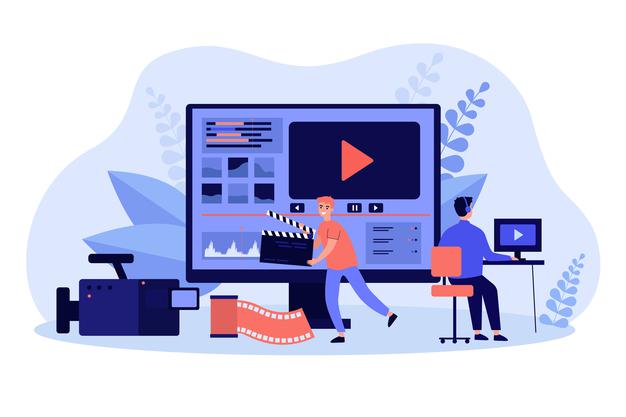
When determining how to price your services, you’ll have to take into account some key factors. A few of these criteria will play a much more important role than others.
Here’s a quick overview of the things that matter and how these could affect your services, pricing and overall freelance business.
Experience Level
It’s normal for more experienced video editors to charge higher fees for their services. After all, these professionals have been investing in their careers and they’ve been acquiring know-how through many years. This gives clients access to high quality services that obviously cost more than the packages or rates provided by beginners and junior editors in the field, hopefully.
If you take a look at PayScale statistics, you’ll find out that experience is indeed one of the main factors for the compensation video editors receive for their services.
Video editors who have one year of experience, for example, can expect to earn an average of $40,000 per year.
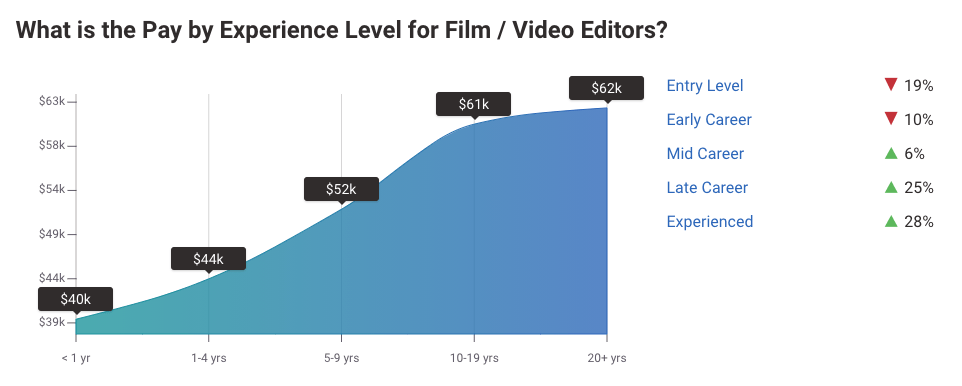
For those that have five to nine years of experience, the figure goes up to $52,000. Video editors who have more than 20 years of experience will earn an average of $62,000 per year.
While these figures cover salaries for in-house editors and not to the cost of services provided by freelancers and business owners, they give you a good idea about the differences in experience.
Hourly rates follow the same pattern and are heavily dependent on experience too. While entry-level editors earn $18 per hour on average, the most experienced and skilled post production experts charge over $22 per hour.
Your Pricing Structure
Should you charge per hourly or create a fixed rate for your freelance business?
How about charging a fixed hourly rate?
This of course depends on style, scope, revisions, hours of raw footage and more other things but a fixed price might be something you should wait with until you have an established business or at least more experience.

With a fixed rate, you always know upfront how much the client is going to pay you but what about the work? What if the scope of all of sudden changes or the client misunderstood your initial package or terms?
Contracts are fantastic to have and we always recommend but there’s many other variables that make a fixed rate complicated unless you know what you’re doing.
Hourly rates, on the other hand, allow you to be more precise with calculating the final cost. This is especially important for more inexperienced editors who find it difficult to calculate the number of hours required for a project or a new style.
Generally speaking, fixed rates work best for small projects and hourly fees are more practical for longer or ongoing projects.
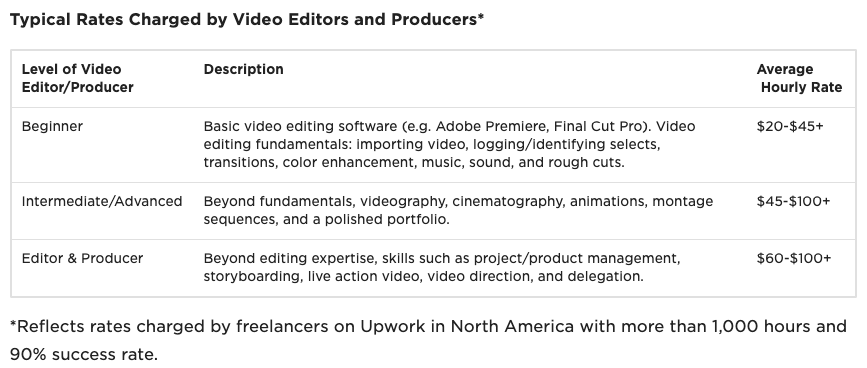
If you decide to go by an hourly rate, you can see how much freelance video editors charge on popular freelancing platforms.
Hours of Raw Footage in Video Editing
How do you calculate your rates using the hours of raw footage the client has provided?
You have to look at the different project elements separately and see which will determine the complexity of editing and post production best. Obviously, the more complex the project is to work on, the more expensive the editing is going to be.

One of the first factors to check out when pricing your services is the hours of raw footage you’ll have to go through in order to deliver which is also connected to how many cameras the client used to shoot that particular project. For example, there’s a big difference in using 1 – 2 cameras or + 4 cameras for a corporate video in production and style.
It’s almost impossible to determine how many hours of editing each hour of raw footage will produce, so this is a factor you should focus on in your pricing.
Also, the amount of editing will depend on the level of revisions, special effects and additional work you’ll need to do. Hence, view the hours of raw footage as a general guideline.
If you have to sort through 15 hours of raw footage to produce a one-hour film or 2 hours to create a 15 sec trailer, you should definitely charge your client a lot more than having to go through 30 min of raw footage to produce a 10 minute video.
A general rule of thumb is that the more raw material an editor would have to process, the higher the cost would be. This factor has to be examined alongside the specifics of the final video. Which brings us to the next point.
Length of the Final Video
The length of the finished video is the next factor in the importance for your calculation (although some variations exist here, as well).
The longer the finished product, the higher the cost of editing and post production generally.
This is the main reason why many studios and freelance editors have packages for social media, trailers, features, corporate, weddings, real estate etc. Needless to say, these are guidelines for clients to get a better idea about the scope of the projects.
The exact calculation is going to be made on a per project basis because no area in this post can be examined on it’s own.
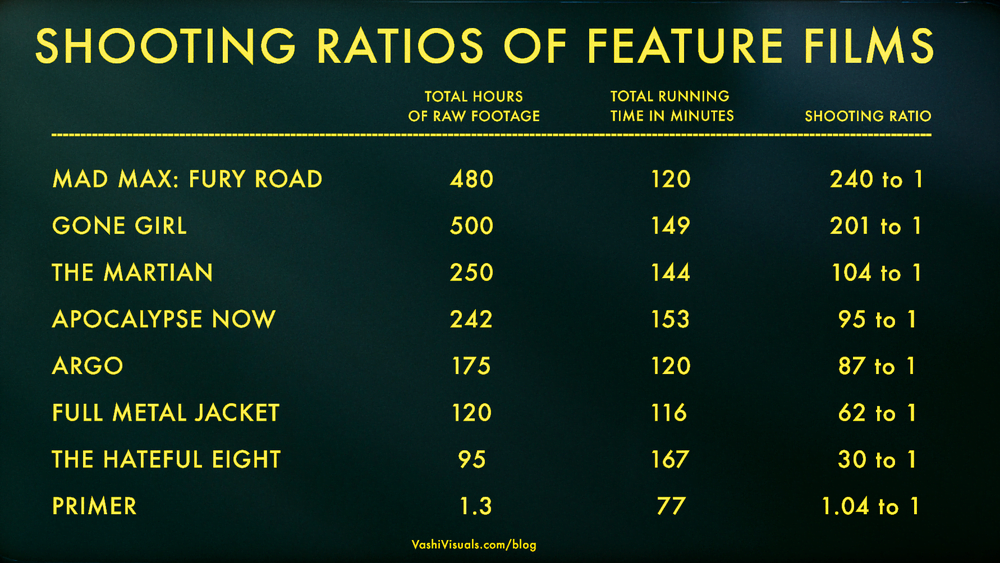
In the past, there used to be a simple formula video editors used. The rule of thumb was one hour of editing per one minute of finished film. Hence, calculating the cost was fairly simple. Today, however, aspects of the editing job itself will play a role in making the calculation.
Video editing ratios for short films and clips range from 5:1 to 25:1. Hence, putting a price tag on it is impossible.
A video with long takes will be easier and faster to edit. On the other hand, a video with lots of cuts will take more time. This is why you need to specify all editing specs and technical aspects before providing a client with a quote.
Where Will The Editing Be Taking Place?
This one isn’t going to apply to all your projects. Most of the time, you’ll get to complete the editing at your own place or studio. In some instances, however, the job will be somewhat complicated by additional requirements on behalf of the client.
Will you need to do some of the post production on set or in-house? How about transportation or food? Do you have a specific timeframe for work as a remote editor? How will you coordinate and work with others involved in the same production?
Don’t be afraid to ask and let the clients know any specifics you have. Editing for a small podcast is one thing, editing creative work or a corporate video can be a completely different ball game.
Additional Factors
Technical aspects of the job have been mentioned already but let’s focus a bit more on those.
Colour grading is one of the essentials that will affect the cost.
What’s the quality of the footage? Will you get to use LUTS, presets or will someone else do the grading?
Again, this is an element you need to examine alongside the length of the raw footage and the finalized video. If you have 5 hours of raw material that needs extensive colour grading, you’ll definitely need to charge more.

The same applies to affects. Ask clients about the kinds of effects they want.
Will there be graphics, animations, 3D effects or something else? Will the job be simple or is the post production the stage where the magic will be created?
You should also consider sound and audio mixing, quality improvements, voiceovers, number of montage sequences (these play a very important role in music video production, for example), transitions, timed cuts, etc.
Number of Revisions Clients Will Receive
Any freelance editor that has worked with clients knows that they’ll ask for changes. Be it minor or complete changes especially in the beginning while you’re adjusting to their style or is new to freelancing altogether.
In fact, it’s so common that you should account and consider a fee structure for this otherwise you’ll work many hours for free.
Another very important thing is creating a contract with specs for changes, revisions and deadlines. Remember this post from Reddit as a warning whenever a client wants to work without a contract.
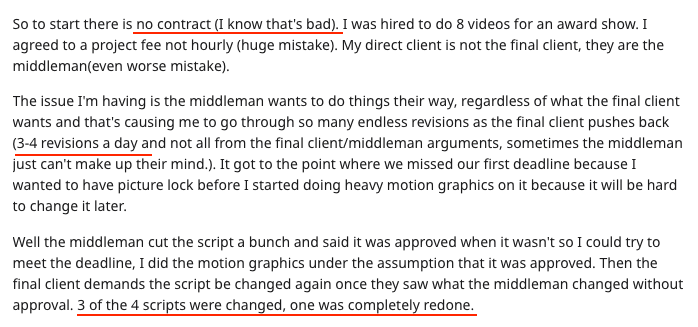
Very often, video editors who charge fixed rates will offer their clients 1 – 2 free revisions as a part of the package.
If you’re going to give your clients a similar option, it’s important you define the conditions under which a free revision is going to be available. Often, extra edits would be provided whenever the work of a post production studio does not tick all of the boxes discussed in the beginning of the project or contract.
If a client decides to change their mind all of the sudden and come up with brand new things, you should be free to charge extra for the additional work that will have to be done.
Make sure that the number of revisions and the conditions under which these will be done are featured in your contract clearly. The more detailed the agreement is, the more protections both you and the client will be entitled to.
Timeframe or Deadline for Project Completion
Rush jobs always cost extra, no matter what field you work in.
Again, you should suggest a timeframe for the completion of any given project and your process in line with your workflow and projects at that moment.
For example, are you almost booked for the season but have room for 1 – 2 projects to work on or do you need to move another project to make room for the new ones?
Clients who need a project to be completed faster should be prepared to spend some additional money on rush fees. Unless you’re helping a long term client with a small project, you should definitely have rush fees. Since rush projects will interfere with your everyday workflow.
To meet a client’s deadline, you’ll have to prioritise their project and push back some other work. In order to do so, you should be getting compensated for your flexibility.
When setting your fee, come up with a standard timeframe for the completion of each kind of post production package. Once you have this standard timeframe, you’ll also get to determine what constitutes a rush job and how much you’re going to charge for it.
Closing Thoughts
How do you even start?
The 9 points we went through above should give you a rough idea but you just have to start and pay attention to your rates as you gain more experience.
Hopefully you already have an idea of the things that matter and the ways you can determine the cost of your editing packages and build on top of those.
As you gain more experience, you’ll find it much easier to provide ‘‘fair’’ and accurate quotes on a client by client basis.
It’s completely up to you to decide if you’ll charge a fixed, an hourly rate or something else depending on where you are in your progress.
What would matter the most is getting as much information about the scope of the projects upfront as possible. If you have a very specific idea about what the client wants, you’ll make the calculation very easy for yourself.
Don’t be afraid of negotiating and standing up for yourself during these discussions especially with everything going on with COVID-19.
Also, check out what other video editors are doing in your area, not just for inspiration but rates too. Putting your services in perspective will also simplify the process of positioning yourself.
Are you looking for more information on creating a stable freelance video editing career?
You can receive more professional tips and suggestions by signing up to our mailing list now here.
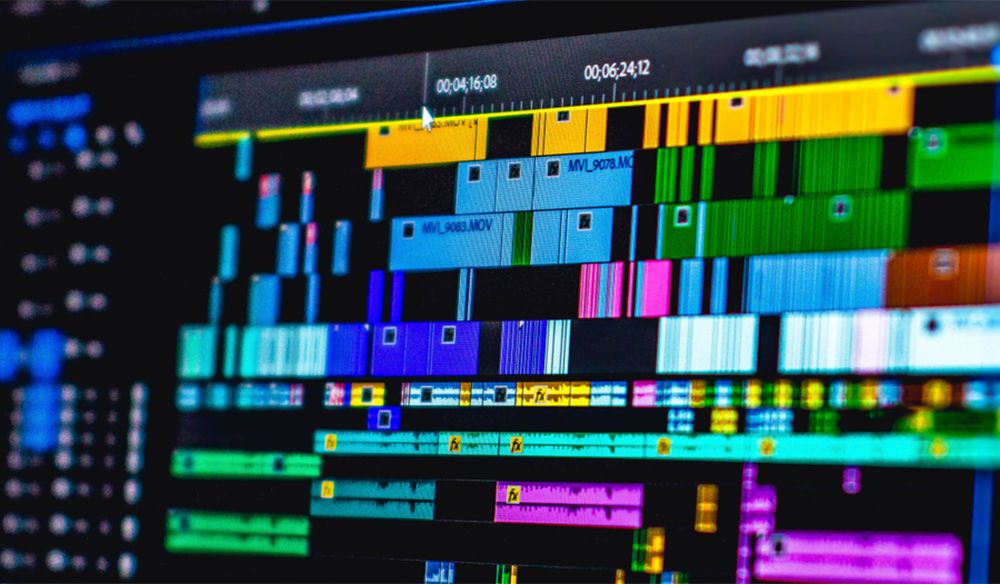


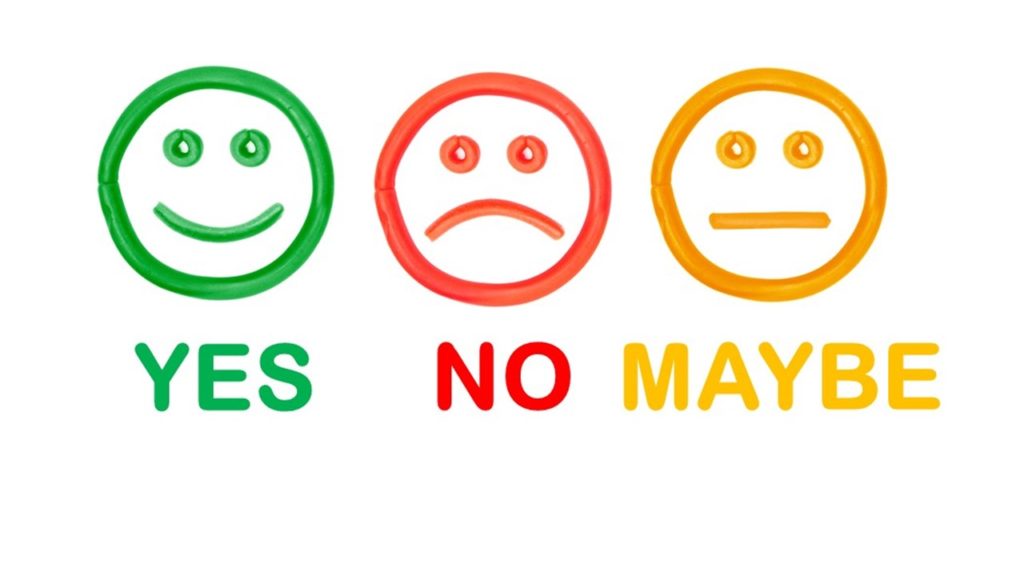








Comments 1
Pingback: Being a Part-Time Freelancer vs. Quitting Your Day Job - Taspin.com